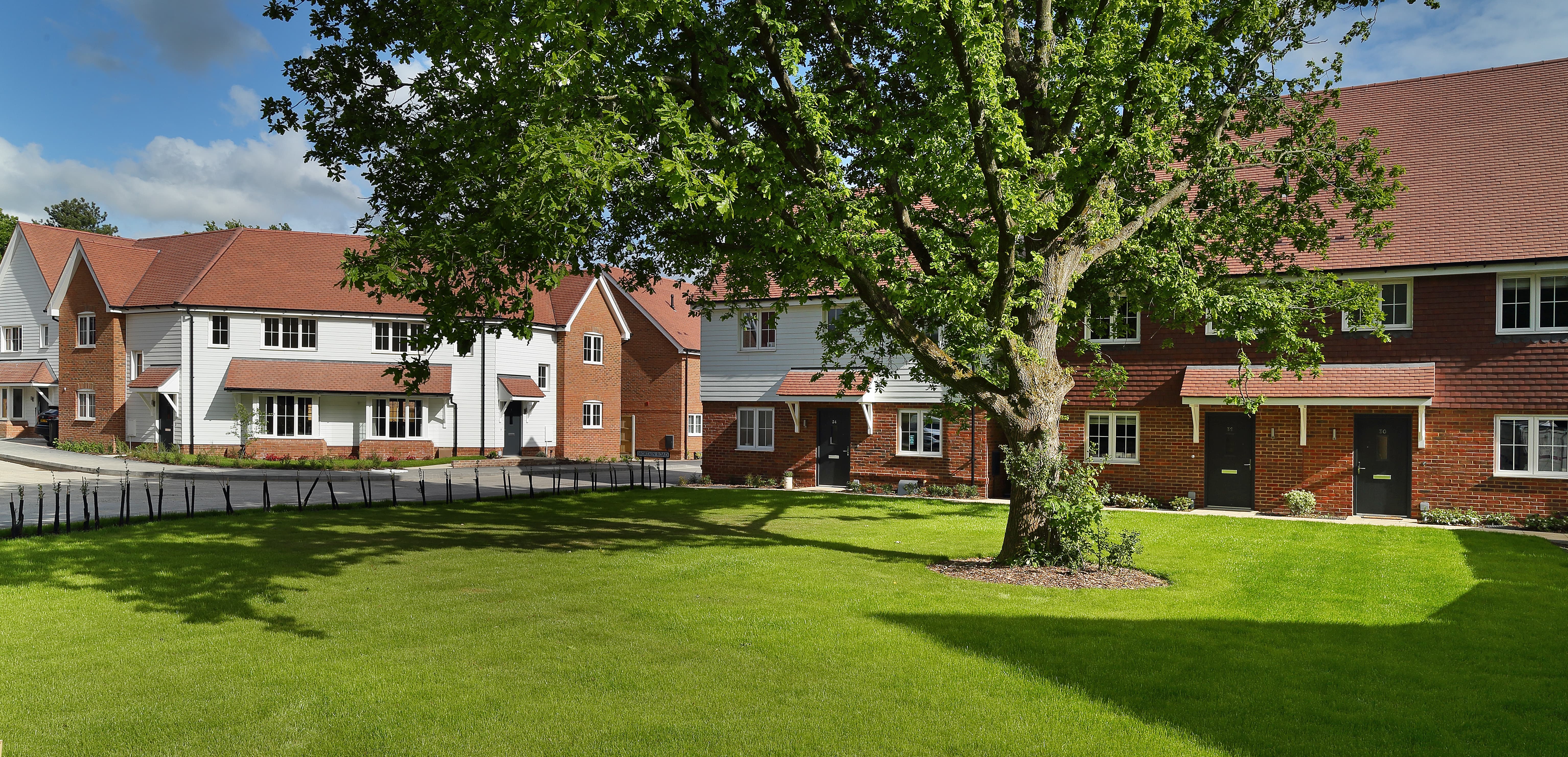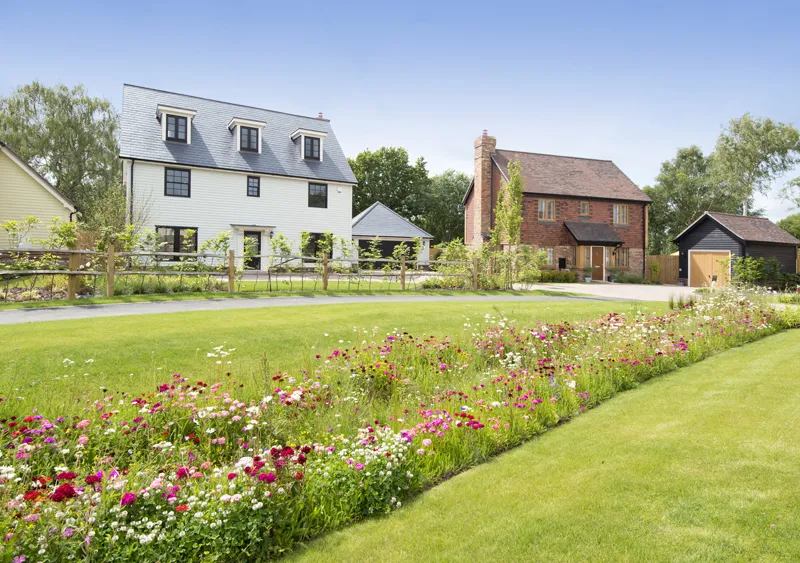In the past, housebuilding and nature haven’t always been seen as natural allies. But the way we plan and deliver new developments is changing for the better. At Elivia Homes, we believe that high-quality housing and thriving wildlife can go hand in hand, provided we take a sensitive and forward-thinking approach from the very start of the planning process.
What is Biodiversity Net Gain?
Biodiversity Net Gain (BNG) is a planning principle, now a legal requirement in England, that ensures developments leave the natural environment in a measurably better state than before. It means that for every habitat we impact, we must create or enhance others by at least 10%. This isn’t simply about planting more trees, it’s about creating a richer, more resilient ecosystem for the long term.
BNG in action
BNG starts well before the first brick is laid. Our teams work closely with ecologists, landscape architects and local stakeholders to understand the site’s existing ecological value. By mapping habitats, wildlife corridors and seasonal changes, we can shape a design that supports biodiversity rather than disrupts it.
At Coppice Meadow, around 40% of the development is dedicated to green open space, including a wildflower meadow, landscaped parkland and a children’s play area. Detailed ecological surveys and mitigation strategies were implemented, with tree preservation orders, habitat conservation and native planting schemes designed to enhance biodiversity in the long term. Wildlife is supported through bat roosts, bird boxes and hedgehog highways, while 4,000 new trees have been planted across the site with a firm assurance that no ancient woodland or significant trees will be felled.
At The Hedgerows in Plumpton, our plans include 1km of new hedging for dormice, new bat roosts and hedgehog highways to enable foraging. Reptiles will be safely translocated to suitable habitats, ensuring their populations can thrive alongside the new community.
At Daffodil Gardens in Fontwell, a robust landscaping strategy has been implemented with native tree and shrub planting and the conservation of existing protected trees. Ecological features such as bat and bird boxes have been added, alongside a dormice habitat and the safe relocation of a large population of slow worms. In one home, there’s even a playful nod to our conservation efforts, a tiny door above the skirting board in honour of the dormice. Sustainable Urban Drainage Systems (SuDS), including permeable paving and soakaways, have also been integrated to manage surface water naturally and reduce flood risk.
Delivering gains that last
A key part of BNG is ensuring the improvements endure for decades. We build management plans into our developments to protect and nurture habitats long after residents have moved in. This includes working with local wildlife trusts, parish councils or management companies to maintain and monitor biodiversity features.
Our experience shows that when nature is woven into the fabric of a new community, everyone benefits. Residents enjoy green, attractive surroundings that encourage outdoor activity, while wildlife gains new habitats that are protected and connected.
A more responsible future for housebuilding
At Elivia Homes, we see Biodiversity Net Gain as an opportunity, not an obligation. It challenges us to think differently about land use, to innovate in design and to create places that are as good for nature as they are for people.
By taking a sensitive, site-specific approach to development, we can help turn every new community into a positive story for biodiversity. That’s not just good for the environment. It’s good for the health, happiness and sustainability of the places we call home.

